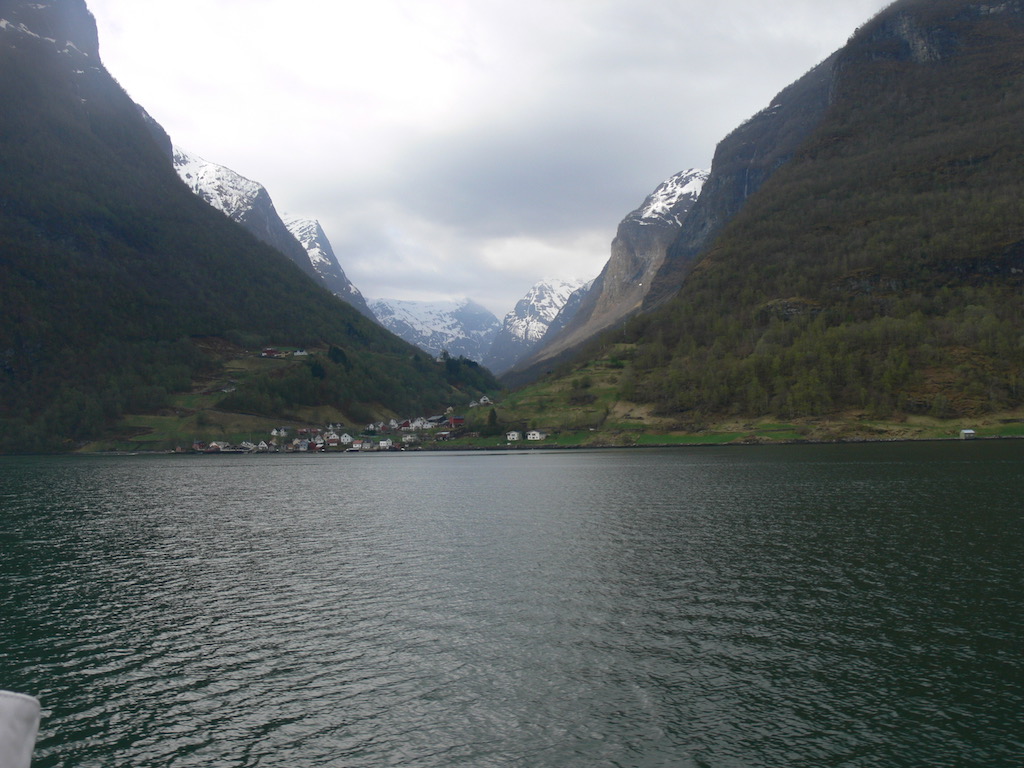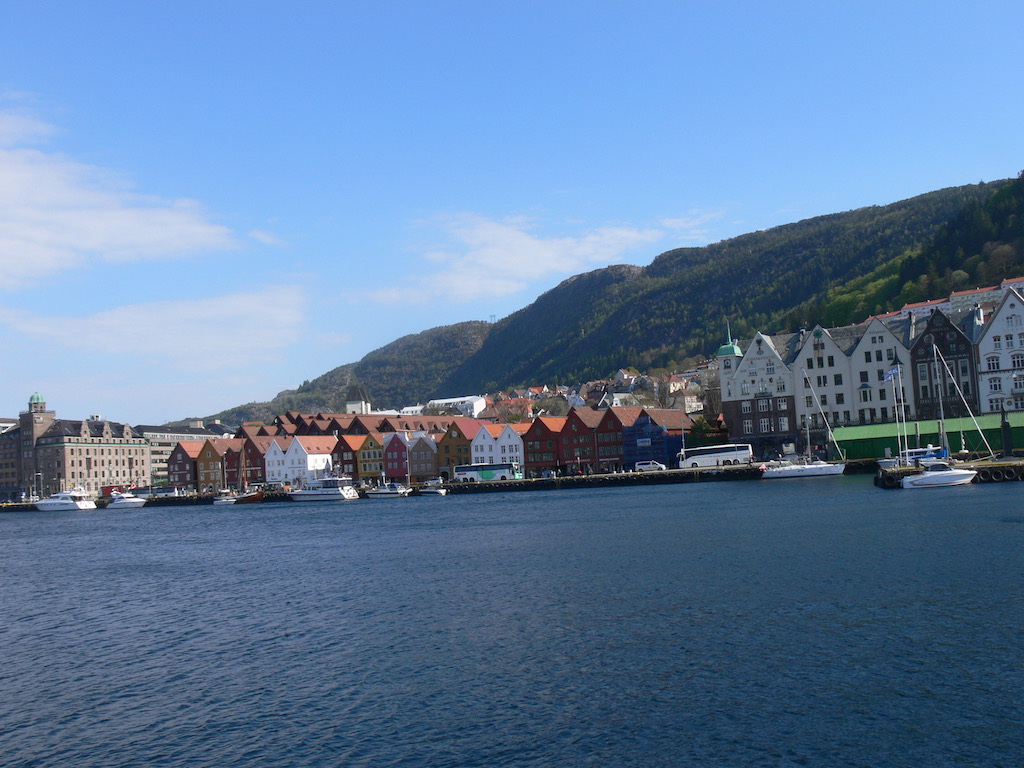NORWAY is an expensive country for travellers so when I visited earlier this year I tried to see as much as possible in as short a time as possible.
For this we chose a Norway in a Nutshell self guided tour from Oslo to Bergen through Norway’s most breathtaking UNESCO-protected fjord and mountain scenery, as well as a trip on Europe’s top scenic railway.
We spent two days in Oslo, Norway’s largest city. It is a user friendly city on a great location at the head of the Oslofjord, surrounded by forested hills. Even in the city centre, the nearest park is never more than a few blocks away.
After touring the city, including the Viking ship museum, we set out on a westbound train journey through scenic terrain on the Bergen Railway to Myrdal nearly 1000 metres up in the mountains. Although it was June, most hills remained covered in snow.
Upon arrival in Myrdal, we changed trains to the legendary Flåm Railway. It is also one of the steepest standard-gauge railway lines in the world, with most of the journey at a gradient of 5.5 per cent.

The train drops 867m in 20km through a series of 20 tunnels and sharp bends running through spectacular scenery, tall mountainsides, foaming waterfalls, and many points providing panoramic views of some of the wildest and most magnificent scenery. It even stops to allow passengers to disembark for photo opportunities.
The small picturesque village of Flåm, is situated in the Aurlandsfjord, an arm of the 204km long and 1308m deep Sognefjord.

The village has a population of about 400 inhabitants. In 1980 most of them Flåm were farmers, today most of the inhabitants work in the tourism industry or with the railway. Flåm is also one of the most popular cruise harbours in Norway.
Tourism in Flåm dates back to the end of the 19th century, when large numbers of English tourists came to fish in the Flåm river. These travellers were transported in two-wheeled buggies through the spectacular scenery.
We spent the night in a brewery hotel in Flåm and the following morning took a fjord cruise on the magnificent Aurlandsfjord and the Nærøyfjord to the small village of Gudvangen.
The Aurlandsfjord is a picturesque fjord that offers stunning views, while the Nærøyfjord is a narrow dramatic fjord surrounded by high mountains. It is included on UNESCO’s World Heritage List.
From here the journey continued with a bus trip through Nærøydalen, with its charming villages and scenic nature landscape to Voss.

The bus travels down the steep hairpin bends of Stalheimskleiva which twists and turns up through 13 hairpin bends offering views of the Sivlefossen and the Stalheimsfossen waterfalls. It is the steepest stretch of road in Northern Europe.
From Voss, we returned to the Bergen Railway to Bergen for a three-day stay.
Bergen is Norway’s second largest city with a population of roughly 270,000. King Olav Kyrre founded the city of Bergen in 1070, and it was the country’s capital from 1110 until 1299.

Bergen was one of the major Hanseatic cities and it has been a great centre of trade throughout the ages. Fish was the main export, while grain was the chief import.
The first German merchants came to the city in 1270, and the powerful Hanseatic League lasted until 1784, when it was disbanded.
The Hanseatic merchants operated in the Bryggen area, which is now included on UNESCO’s World Heritage List.
Today Bergen is an important centre for the shipping and oil industries, as well as for aquaculture, the food processing industry and higher education.
Close by is the home of Edvard Greig the composer. A visit to his house included a short piano recital of some of his best-known works.
There is a lot more to see in Norway, but a week spent there provided a taste and perhaps I can return for more sometime.
































